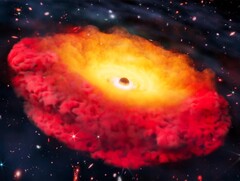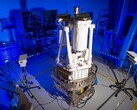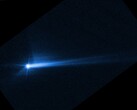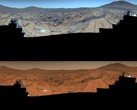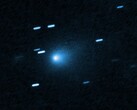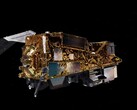A research team, led by Anthony Taylor — a postdoctoral fellow at the Cosmic Frontier Center at the University of Texas at Austin — used spectroscopy to confirm the presence of a black hole in the galaxy CAPERS-LRD-z9. The galaxy belongs to a class of galaxies dubbed “Little Red Dots” (LRDs).
They are so called due to their intensely bright red appearance in telescope images. These early galaxies have been found only within the universe’s first 1.5 billion years. Ordinarily, the intense brightness of this class of galaxies would point to the presence of numerous stars. However, given the galaxy’s age, it is unlikely enough stars could have formed to account for that glow, leaving one plausible explanation — black holes. These black holes suck in gas and dust, which spiral at thousands of kilometers per second. The material is compressed and heated to extreme temperatures, producing intense radiation.
What is most outstanding about the newly discovered black hole in the CAPERS-LRD-Z9 galaxy is its size and age. It is up to 1.3 trillion times more massive than the Earth, equivalent to about half of CAPERS-LRD-Z9’s stellar mass. It is also an ancient behemoth, as it is believed to have been formed around 13.3 billion years ago, just 500 million years after the Universe’s creation.
This observation of CAPERS-LRD-Z9 and its behemoth black hole was made using NASA’s James Webb Space Telescope, which has been studying every phase of our universe since its launch in December 2021.
Source(s)
The Astrophysical Journal Letters via NBC News, and NASA: 1 and 2
Image source: The University of Texas at Austin




